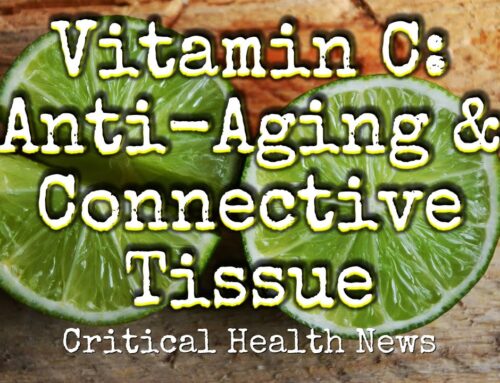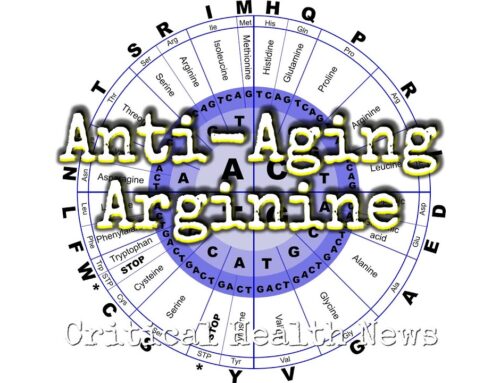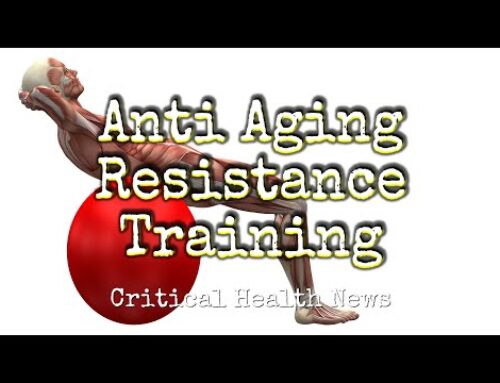While hyaluronic acid (as a topical ingredient) has taken the skincare world by storm, it has been around as a nutritional and medical substance for years. I first heard about it in pharmacy school and began formulating with it in my compounding pharmacy in the early 1990s. Back then, it was sourced from rooster combs and was incredibly expensive, around thirty thousand dollars an ounce.
These days, with the advent of genetic technologies, it is harvested from modified bacteria and found ubiquitously in specialty skin care products. I like using it in my cleansing formulas, where it acts as a water magnet, leaving skin hydrated after washing. While it isn’t gonna do much to change the health of the skin, it can have some helpful soothing properties. It can smooth out and hydrate the hard dead cells that make up the top of the skin, creating a plumping and softening sensation.
It’s available in different densities called molecular weights. Recently, there’s been some controversy around the late density or low molecular weight form. If you’ve heard the topical application of low molecular weight hyaluronic acid can cause cancer, don’t believe it. Whether the molecule is used in low or high MW form, it’s incredibly safe and gentle. Once applied, it isn’t going to make it much past the skin’s barrier. It’s unlikely that it will have any effect on living cells, which are located deep beneath the surface.










